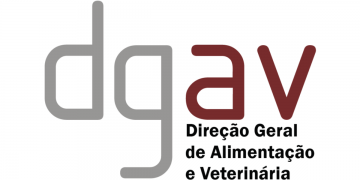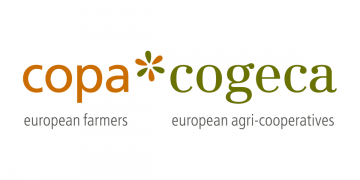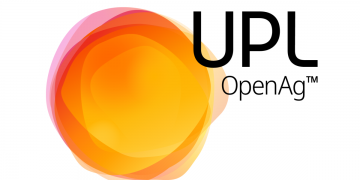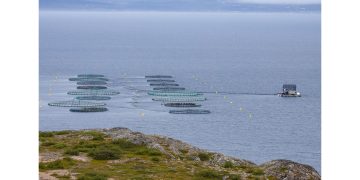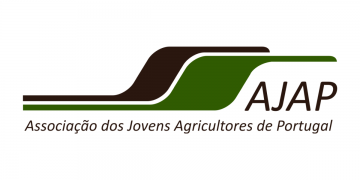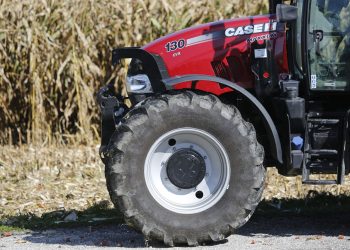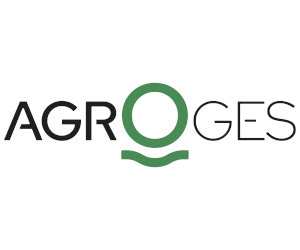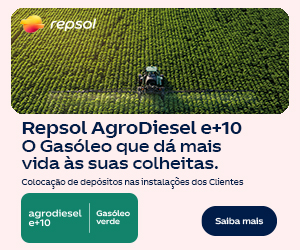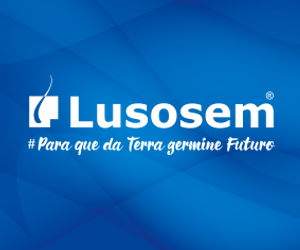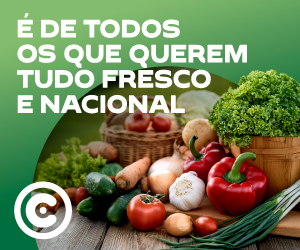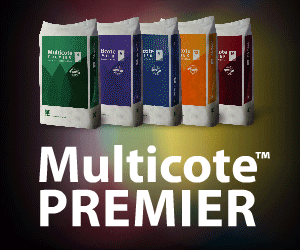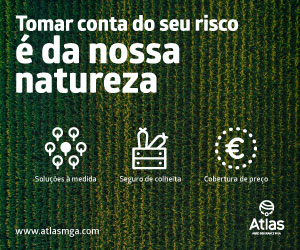As trilogue negotiations on the Generalised Scheme of Preferences (GSP) move forward, the European rice sector finds itself at a critical crossroads. The current GSP framework, combined with preferential trade agreements, bilateral arrangements, and tariff-rate quotas, allows an estimated 635,690 tonnes of milled rice to enter the EU duty-free each year, on top of significant volumes of husked rice, particularly Basmati varieties from India and Pakistan. Without a minimum level of corrective measures, the future of an entire sector and its specific production areas is at risk.
In the 2024-2025 marketing year, EU imports of milled rice reached a record 1.17 million tonnes, with more than half entering without tariffs. Imports of husked rice also rose to 787,000 tonnes, about half consisting of duty-free Basmati. This growing inflow of low-priced, duty-free imports, coupled with rising production costs and multiple structural, climatic, and environmental pressures, has placed the European rice sector under unprecedented strain.
Among suppliers, Cambodia and Myanmar, both GSP and Everything But Arms (EBA) beneficiaries, remain dominant, exporting a combined 540,000 tonnes of rice to the EU in 2024/25. These levels far exceed the 345,000-tonne average recorded before safeguard measures were introduced in 2019. The fact that imports remain well above that threshold shows that exceptional and lasting pressures continue to threaten the sector’s survival.
At the same time, the price gap between imported and EU-produced rice has widened dramatically. According to the Creed Rice Market Report, Myanmar’s long-grain rice is currently priced at around €285 per tonne, compared to €480 a year ago, while Italian “Lungo-B” rice sells for around €1,100. The resulting price pressure has forced EU producers to cut prices by 20–30%, severely undermining their economic sustainability considering European costs of production.
Against this backdrop, Copa and Cogeca voice their concern about the proposals that might arise during the negotiations. If the thresholds are set too high (e.g. 500,000 tons or more), this would offer no real protection. On the contrary, it would ensure continued high import volumes without acknowledging the harm done to the European sector.
Copa and Cogeca, together with representatives from the rest of the rice value chain, have concluded that the sector requires a threshold closer to 200,000 tonnes to ensure fair and sustainable market conditions. They also urge the establishment of a separate quota for broken rice, given the sharp rise in imports from least developed countries, as well as an anti-triangulation mechanism to prevent circumvention of trade barriers.
Our positions do not challenge the principles or objectives of the GSP system, which remains vital for supporting developing countries. However, this solidarity must be accompanied by measures that ensure the long-term viability of vulnerable EU agricultural sectors. For the rice sector, this means adopting safeguards that reflect reality on the ground and prevent lasting damage to the competitiveness, food security, and environmental value of Europe’s rural regions.
We call on the co-legislators to reach a balanced outcome in the trilogue that restores fairness and ensures that GSP preferences do not come at the expense of European farmers and cooperatives.
Fonte: Copa and Cogeca

